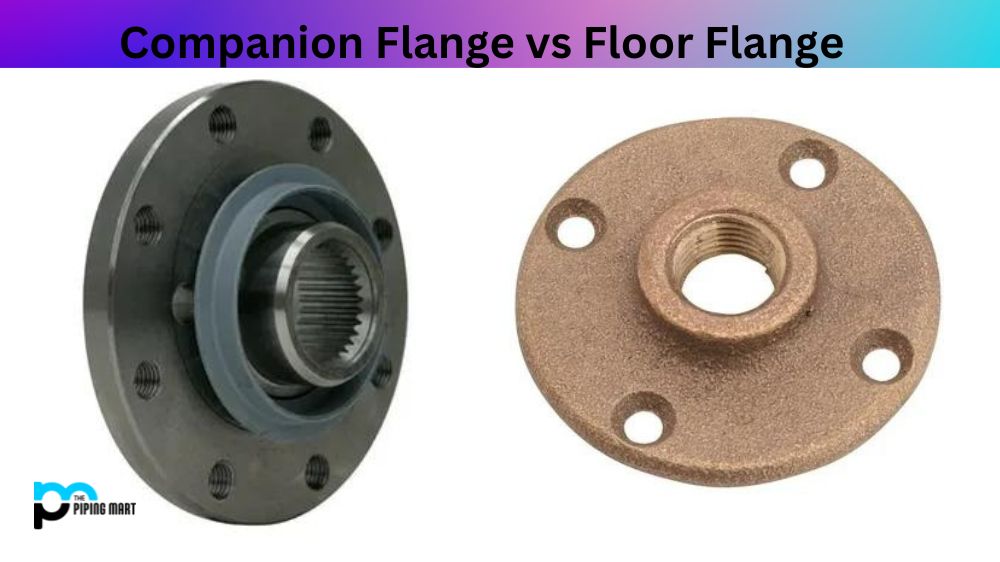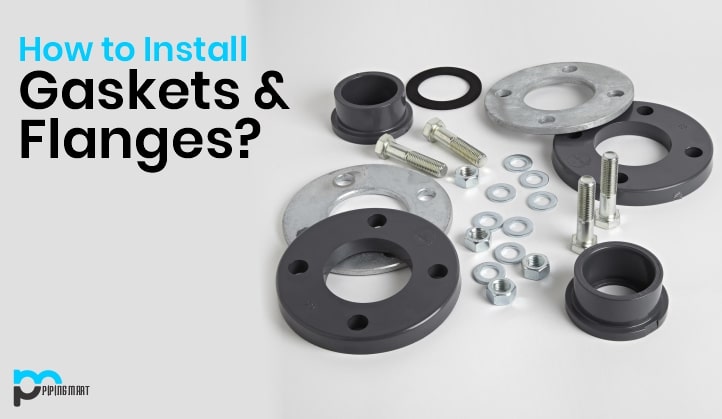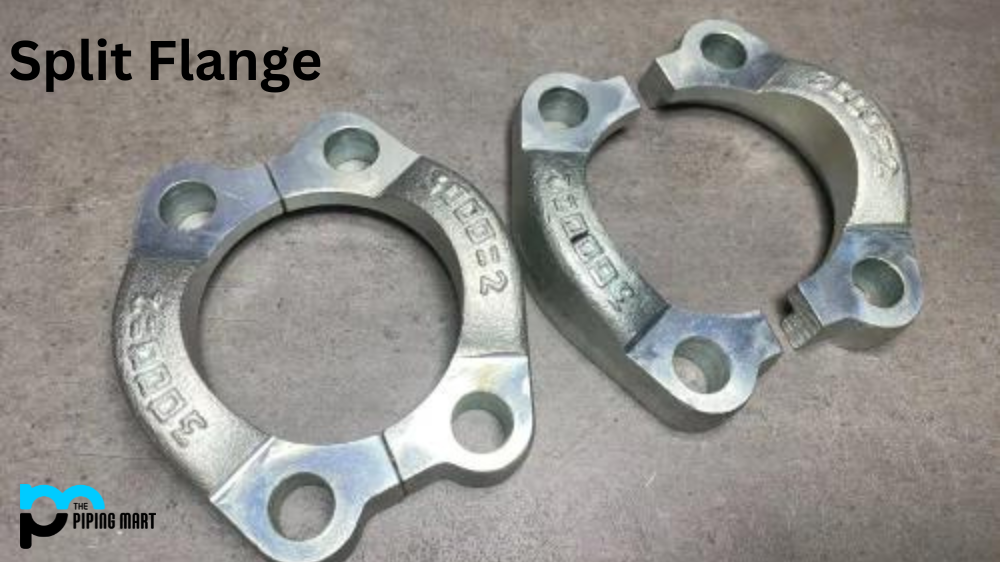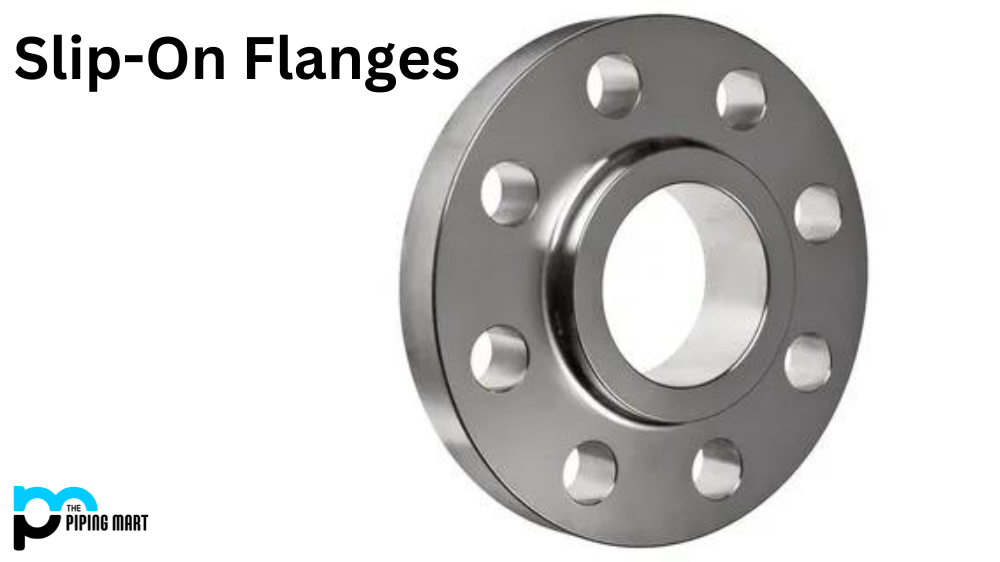When it comes to creating a pipeline connection, there are two main types of flanges you can use – companion flanges and floor flanges. It’s a bit confusing at times, especially if you’re new to pipeline work, but don’t worry, we’re here to help clear up the confusion. This blog post will explore the key differences between companion and floor flanges. By the end of this post, you should better understand which flange is best suited for your specific needs.
What is Companion Flanges?
Companion flanges are used with a special “stub end” type, creating a weld-free connection on a flange. They are typically used in situations where frequent maintenance is required. Because of their unique design, companion flanges can easily rotate with the pipe during maintenance without detaching or removing the flange itself. This makes the maintenance process smooth and quick.
What is Floor Flanges?
Floor flanges, also known as pipe flanges, are designed for mounting pipes to a surface. They stabilise the pipe by securely fastening it to the desired surface. Floor flanges differ from wall-mounted flanges in that they are designed for horizontal applications. They come in various sizes and materials, making finding the perfect fit for your specific needs easy.
Key Differences Between Companion Flanges and Floor Flanges
The main differentiating factor between companion flanges and floor flanges comes down to their use case. Companion flanges are ideal for situations where regular maintenance is required, and the pipe needs to rotate around the flange. Conversely, floor flanges are best suited for applications where the pipe needs to be securely fastened to a surface. Additionally, companion flanges attach to a “stub end,” while floor flanges are attached directly to the pipe.
Key Advantages of Companion Flanges
One of the biggest advantages of companion flanges is their easy installation and low maintenance. They can be installed quickly and effortlessly without the need for any additional welding or bolts. Additionally, the ability to rotate the flange with the pipe during maintenance makes maintenance a breeze. This means less downtime and greater productivity for your pipeline project.
Key Advantages of Floor Flanges
One of the biggest advantages of floor flanges is their versatility. They can be used in various applications, including HVAC, plumbing, and more. Floor flanges also provide excellent stability to the pipe, ensuring it stays securely fastened to the surface. They come in various materials, including stainless steel, brass, and plastic, making it easy to find the perfect material to suit your project’s needs.
Conclusion:
In conclusion, it’s important to understand the unique features and benefits when selecting between companion and floor flanges. Companion flanges are an excellent choice if you require regular maintenance and rotation of the flange with the pipe. On the other hand, floor flanges are an excellent choice if you need a sturdy, stable connection directly to a surface. Ultimately, it all depends on your unique pipeline project and its specific needs. Research and select the flange best suited for your project’s requirements.
Sakshee is a talented blogger, with a particular focus on the Business and Metal Industry. She is passionate about sharing her insights on various metal products and helping professionals to make a better decisions.




